Counter-Strike in Bangladesh: a retrospective

"Counter-Strike means the world to me. This game not only gave me uncountable memories, it also helped me battle through hard times in my life, keeping my sanity intact."
"This is more than just a game. It gave us a purpose. What started as escapism turned into our second identity."
These are the sentiments of two esports professionals of different eras. The former is Counter-Strike veteran Jihan 'Burning Cyclone' Chowdhury, and the latter is Mehraj 'Mantis' Mahdin, team member of 'Red Viperz', CS: GO champions of this year's Discovery One Cup Season 2. Though times have changed, the love for this franchise has continued throughout the ages. Let's take a look at how this beloved first-person shooter game captured our hearts so long ago and continues to do so even today.
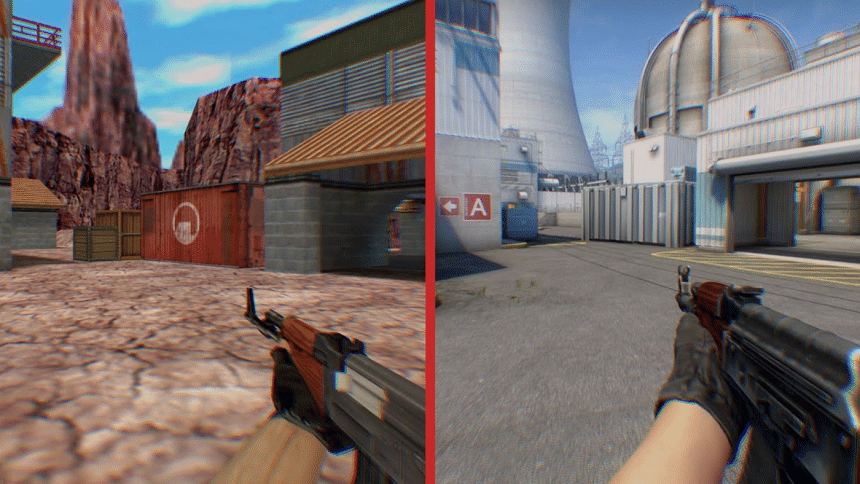
Some ten, twenty years ago….
The clock strikes 3 PM. Schools and colleges are dealt with for the day. A torrential flow of schoolbag-laden teens starts to stream toward a dilapidated establishment with flaky paint. Inside, a battered banner reads: "Cyber Cafe, 20 taka per hour". Some of the students scramble to find the 20 taka note they saved skipping lunch and hand it over to the in charge.
Once inside, incessant mouse clicks and keyboard taps reverberate around the dimly lit room. An acrid smell pervades the foggy air already abuzz with the cacophony of chatter amongst 20-something-year-olds. With headphones on their heads and microphones at their mouths, they fit the look of emergency call operators at work - except for the fact that they are gamers on their routine LAN practice session of the most popular competitive game in the world at the time: Counter-Strike 1.6.
"The golden era for CS would be 2008-2013 when there were around 12-13 teams and everyone knew each other. Every weekend, we used to play with different teams in different cafes. Gamers used to come and watch other teams play, learn different tactics," reminisces Jihan.
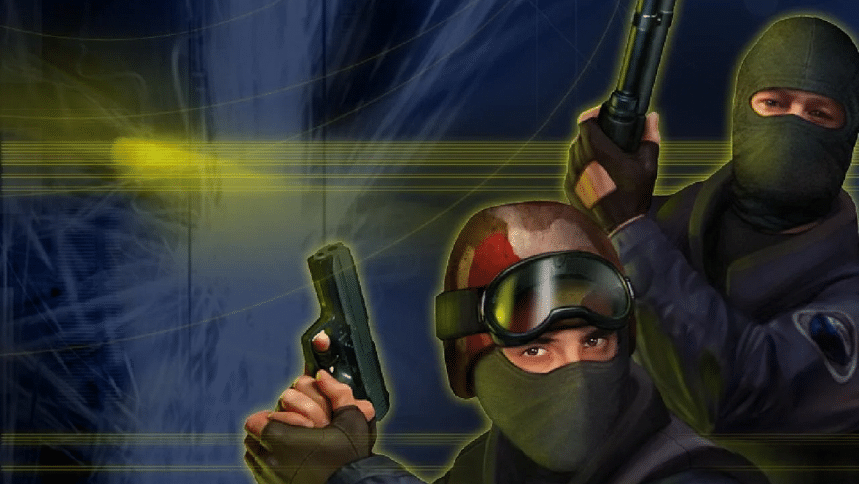
Fans of all ages will agree that Counter-Strike: Global Offensive, or CSGO in short, was a hit in Bangladesh. However, unbeknownst to many of the newer generation is the history and extent of the franchise's popularity in Bangladesh, which roots back nearly two decades. The affinity towards Counter-Strike in Bangladesh far precedes the release of CSGO, as is evident from accounts of many former professionals. CSGO's warm reception to the gaming scene in Bangladesh was mostly due to the already established ecosystem of CSGO's predecessors: Source and 1.6, the latter being the more dominant one in popularity.
"I found CS: GO while looking into FPS games and saw a video between two professional teams. The tactical depth got me hooked instantly as something I wanted from gaming," shares Mehraj.
Originally a mod of the uber-popular sci-fi action game Half-Life, Counter-Strike was conceived by game developers Minh Le and Jesse Cliffe before Valve officially got involved in the development process. Released at the dawn of the new millennium, a large fraction of the game's fanbase originated in LAN cafes due to personal computers still not being ubiquitous.
Bangladesh gamers gradually boarded the bandwagon a couple of years later, enabled by the growing availability of computer cafes. Names like Bass Gaming Zone, Blizzard, Metal Gear, and Assault were a few of the numerous cafes that populated the vicinities of Dhaka, with hourly rates just within reach of teens hungry for some WASD-mouse action.
Counter-Strike, alongside titles like Starcraft and Need for Speed, was among the most frequented games in cyber cafes, with hoards of teenagers forming teams and rigid scrimmage schedules. All of this dedication and discipline was incentivised by what was essentially the World Cup of esports at the time, known as World Cyber Games or WCG in short.

WCG, where worlds collided
World Cyber Games was founded in 2000 by a South Korean company of the same name. They hosted events for games ranging from FPS sensation HALO to sports giant FIFA. WCG was universally regarded as the Olympics of the gaming world, and rightfully so, as players had to battle it out for their chance to win a gold, silver, or bronze medal for their country on the international stage. At the granular level, the main event was preceded by preliminary regional and then national events, where the most formidable teams of each respective country were flown out to the global stage.
Many such events took place in various places in Dhaka, namely North South University, Scholastica Indoor Basketball Court, and IUB to mention a few. Plenty of teams were formed at gaming events, LAN cafes, and school hallways by passionate gamers with the sole objective of bringing glory to the country. This cohort of teams included names like 'Xtreme Lungiz' and 'Red Vipers', the former of which reached the Group Stage two consecutive years in 2008 and 2009 held in Germany and China respectively.
"I had a team named SWATZ. We played in the local WCG event in both 2008 and 2009. I remember playing the finals of those events," revealed Qamar Firdous, a veteran CS player. "Getting to play on a stage in front of a crowd is an unparalleled experience. I also had the opportunity to play for Red Viperz. I still have that jersey as a souvenir."
Unfortunately for fans, the original WCG organisation dissolved in early 2014 due to internal politics, and though ownership of the WCG trademark was transferred to another company, the once-lively Bangladeshi WCG craze was lost in the translation.

The mischievous middle child
Despite WGC fading away, the event played a huge role in propagating the Counter-Strike buzz, and even kept the older CS 1.6 relevant long after the release of the newer CS: Source, all because it was still active in the competition's game catalogue.
Speaking of the two most significant entries in the franchise, the release of the CS: Source created a polarity among fans with many professional players still being partial to the original due to being highly accustomed to the mechanics of the game. CS 1.6 was still hugely popular because of its simplistic graphics and excellent optimisation, which made it easy to run on almost any computer.
Moreover, games like multiplayer FPS shooters pose a very steep learning curve and require a tedious amount of trial and error to master, hence the hesitance of many to shift to another game. This made Source the somewhat odd middle child, despite having a more sophisticated engine and better visuals, but it still had its place in the community and made its share of appearances in WCG, alongside being a regular in local events.




For competitive and casual alike
Putting the competitive aspect aside, many millennials will recall spending countless hours in the game's seemingly limitless catalogue of maps, both official and fan-made. At this point, maps like 'de_dust2' and 'de_inferno' are synonymous with peak map design, but fan maps such as 'fy_pool_day', 'de_rats', and 'fy_snow' are sure to ring a bell in the minds of many veteran gamers.
From breaking out of prison to surfing a mountainous terrain to running from outnumbering enemies in a knife match, Counter-Strike always had something to offer for everyone regardless of their skill ceiling, and oftentimes that is where the best memories of the game were made.
While developer support for CS 1.6 and Source has expired, many fans have not yet retired the games as custom servers remain populous. Even though CS 1.6 and Source had their shot as the reigning FPS, it was their younger sibling, Global Offensive, that had the longest tenure at 11 years. After more than a decade of continual evolution and competition in every corner of the world, CSGO breathed its final breath on the 27th of September.
The DNA of Counter-Strike now lives on through Counter-Strike 2, the newest entry in the series. With augmented lighting, physics, and graphics, CS2 is an overhaul on many levels while adhering closely to the fundamentals of the Counter-Strike formula. So far, fans are enjoying the improved server tick rates, map rating system, and meticulous detail without very many complaints, aside from one pervasive Michael Jackson peek bug.
The test of time
When asked for their opinion on how the community dynamics and passion for Counter-Strike have evolved, a veteran player stated, "While it is true that newer gamers are very fond of the game, the passion of the olden days was simply on another level, because we had to actually save money and physically go to the cyber cafes and struggle to get a few hours with the game. Those were the golden times."
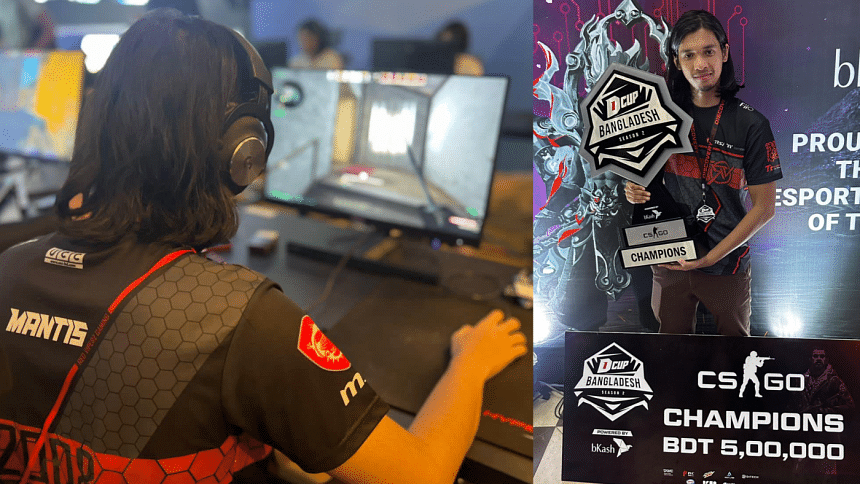
"When I first joined, the community was in a much healthier state. The backbone of any gaming community is the unity among the participants, who benefited from LAN events," adds Mahdin, a relatively newer player. He describes that during the Covid-19 lockdown, many people turned towards the newly released Valorant, and the lack of offline events damaged the community.
"However," adds Mahdin, "the scene is recovering now. The strongest aspect of this community is loyalty and love for the game. No one ever truly left playing the game. Most of them have returned to the community with CS2's release."
Remembering the aforementioned "golden times", Jihan shares, "Back in our time, we used to organise tournaments by ourselves and pay the prize money from the entry fees. The gaming scene was entirely created from the passion of gamers. Nowadays we have big sponsors and event management teams who are organising big tournaments where you can display your skill. Teams can compete abroad after winning tournaments under a particular banner. I am optimistic that CS2 will take Bangladesh's esports scene to its peak."
With the esports scene in Bangladesh finally being taken seriously, Counter-Strike has all but sealed its place in the entertainment industry. Regardless of whether the suffix to follow is 1.6, Source, GO, or 2, it is more than evident that the essence of Counter-Strike will live evergreen in the hearts of countless gamers and throughout the landscape of Bangladesh.

 For all latest news, follow The Daily Star's Google News channel.
For all latest news, follow The Daily Star's Google News channel. 

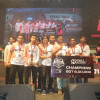
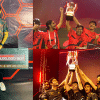
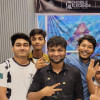
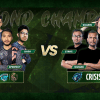


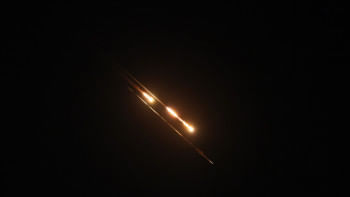
Comments